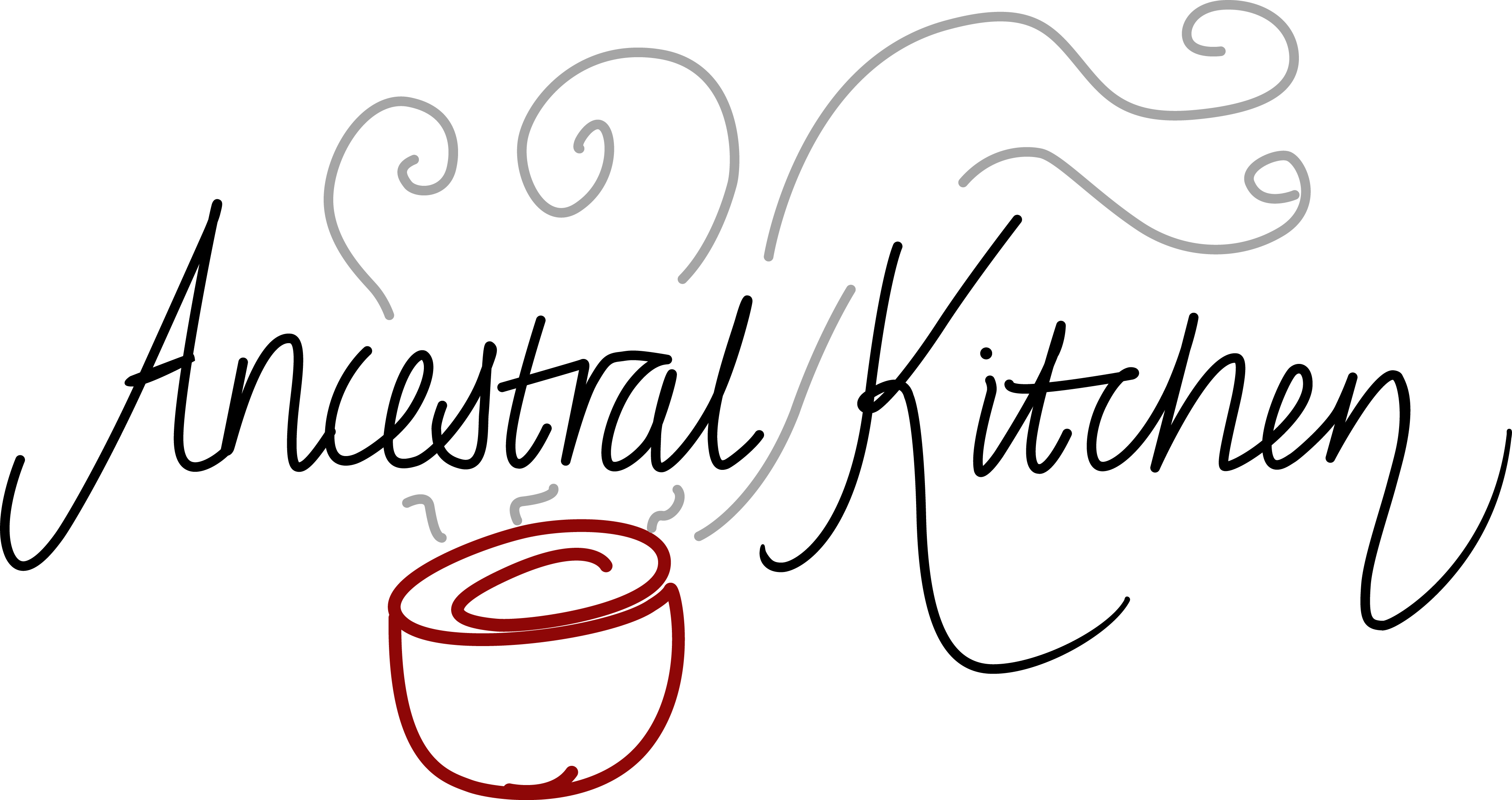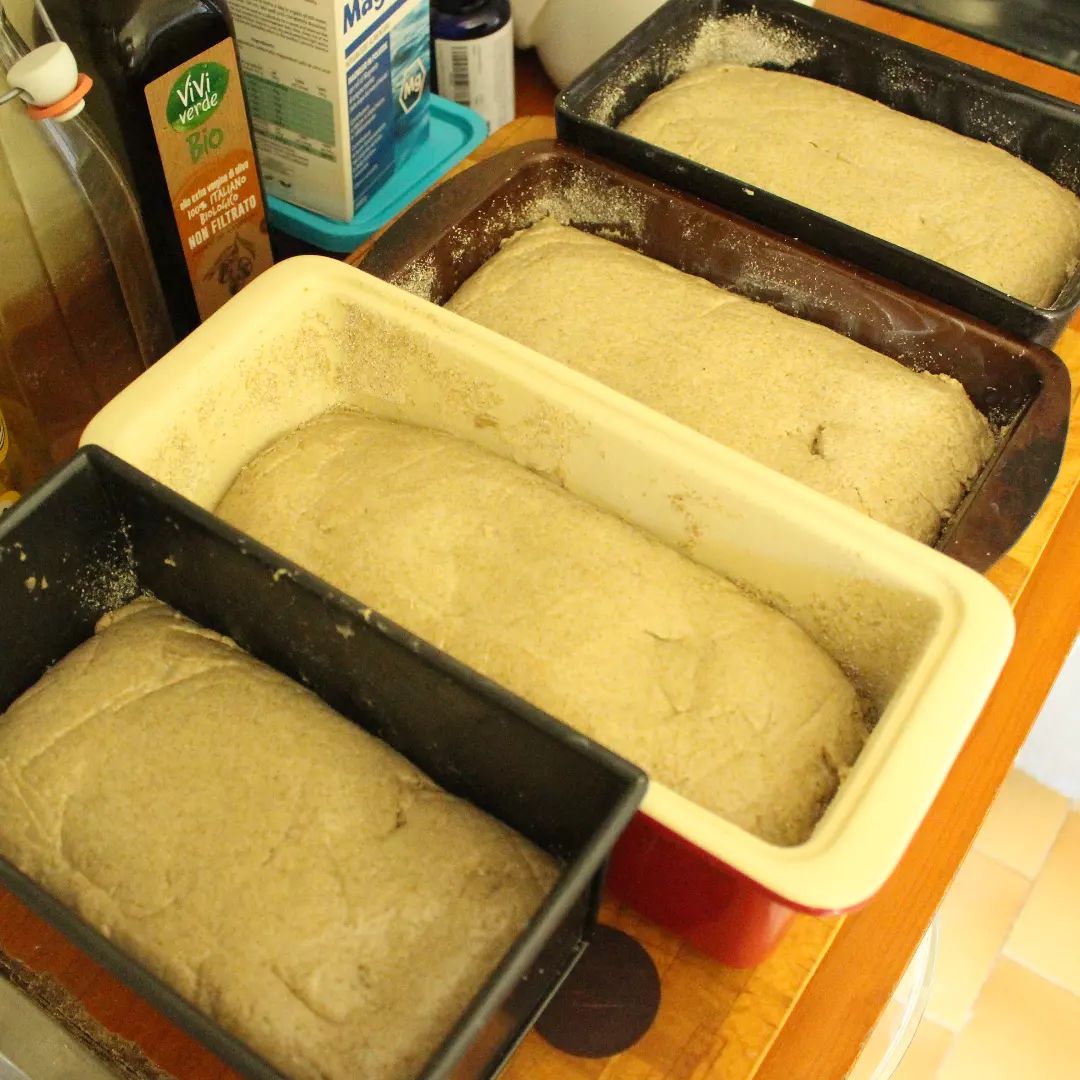Food that makes you feel at home is so important. This dish, goetta, was invented by German immigrants to Cincinnati. It’s still made there and often eaters think it actually comes from Germany…but there’s no dish like it there! It was a Cincinnati creation; made to help people (who’d transported their entire life half way around the world) feel at ‘home’. . It’s pork, long-cooked in water, shredded, then added back to the broth created. After this, onions, celery and (my favourite!!) oats are added. You cook it until your spoon stands up in the mix. . Gosh, it’s good. . Comfort. In. A. Bowl. . We ate it with cauliflower and a glass of ancestral ale (oats in there too!). See my story today for lots of pictures (including the spoon standing up in my pot!). . My newsletter goes out tomorrow – if you’re not on it and want to be you can find the details in my story today or by clicking on the link in my profile.
Food that makes you feel at home is so important. This dish, goetta, was invented by German immigrants to Cincinnati. It’s still made there and often eaters think it actually comes from Germany…but there’s no dish like it there! It was a Cincinnati creation; made to help people (who’d transported their entire life half way around the world) feel at ‘home’.
.
It’s pork, long-cooked in water, shredded, then added back to the broth created. After this, onions, celery and (my favourite!!) oats are added. You cook it until your spoon stands up in the mix.
.
Gosh, it’s good.
.
Comfort. In. A. Bowl.
.
We ate it with cauliflower and a glass of ancestral ale (oats in there too!). See my story today for lots of pictures (including the spoon standing up in my pot!).
.
My newsletter goes out tomorrow – if you’re not on it and want to be you can find the details in my story today or by clicking on the link in my profile.











